Men of steel: How Brooklyn’s Native American ironworkers built New York
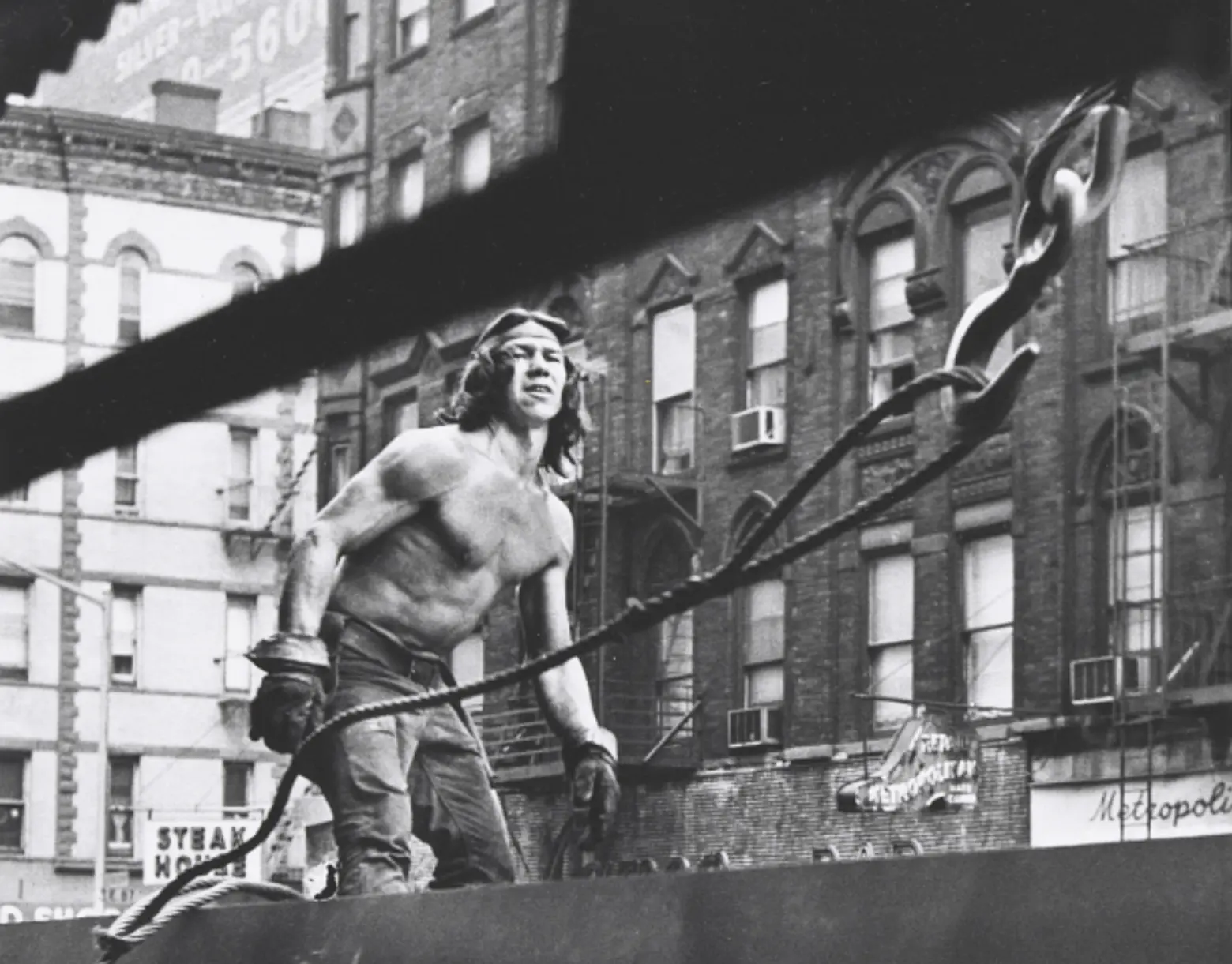
Roger Horne, a Mohawk Ironworker in the Raising Gang, ca. 1970 via the Smithsonian
The Empire State Building. The George Washington Bridge. The United Nations. The Woolworth Building. 30 Rock. The Seagram Building. Lincoln Center. The Waldorf Astoria. Virtually all of New York’s most iconic structures were raised in part by Mohawk Native American ironworkers. Since 1916, when Mohawk men made their way to New York to work on the Hell Gate Bridge, ironworkers from two Native communities, Akwesasne (which straddles Ontario, Quebec, and New York State) and Kahnawake (near Montreal), have been “walking iron” across the city.
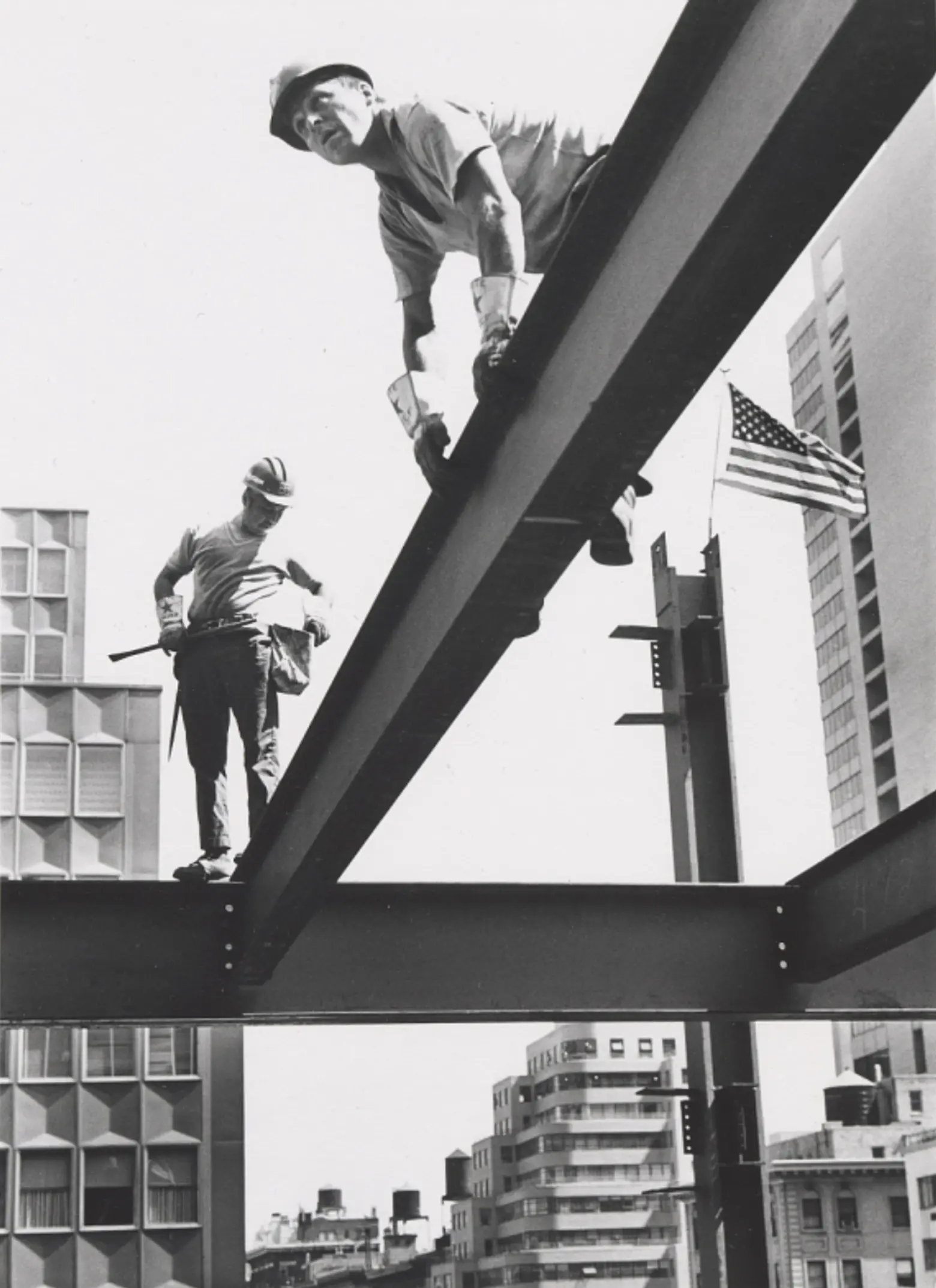 Mohawk Ironworkers Jay Jacobs and Sparky Rice Walking Iron on Park Avenue ca. 1970 via the Smithsonian
Mohawk Ironworkers Jay Jacobs and Sparky Rice Walking Iron on Park Avenue ca. 1970 via the Smithsonian
In 2012, Kaniehtakeron “Geggs” Martin, a fourth generation Mohawk Ironworker, stood 27 stories above 55th street, striding across a two-inch-wide steel beam and swaying a support column into place. What was open sky, soon became a steel-and-glass skyscraper. “I’m a connector,” Martin told WNYC. “In the raising gang, it’s my job to climb the steel, and erect the iron. It’s my job to put the building up.”
The tradition of “Mohawks in High Steel” began in 1886, when Mohawk people were hired to build the Victoria Bridge for the Canadian Pacific Railroad, across the Saint Lawrence River, onto Mohawk land. The Dominion Bridge Company, the construction firm responsible for the bridge, intended to hire Mohawks as day-laborers unloading materials, but Mohawk bridgemen were more interested in riveting work, which was the most dangerous, and the highest paid. Of riveting, a DBC official once explained, “men who want to do it are rare, and men who can do it are even rarer.”
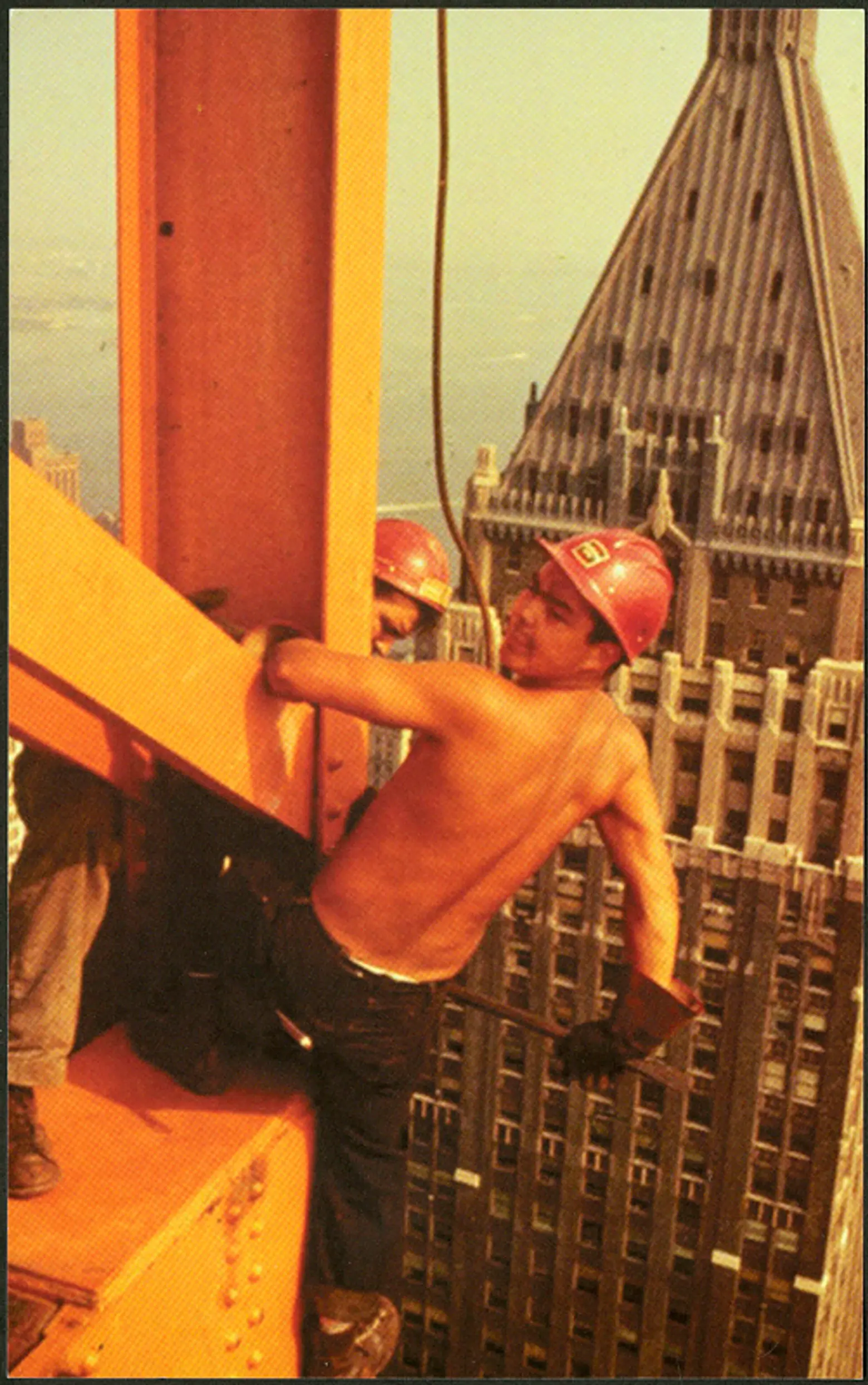 Mohawk Ironworker Joe Regis builds Chase Manhattan Bank, late 1960s via the Smithsonian
Mohawk Ironworker Joe Regis builds Chase Manhattan Bank, late 1960s via the Smithsonian
Mohawk ironworkers have preserved that rare skill for generations. Kyle Karonhiaktatie Beauvais, a sixth-generation Mohawk Ironworker, told the Smithsonian in 2002, “A lot of people think Mohawks aren’t afraid of heights; that’s not true. We have as much fear as the next guy. The difference is that we deal with it better. We also have the experience of the old timers to follow and the responsibility to lead the younger guys. There’s pride in walking iron.”
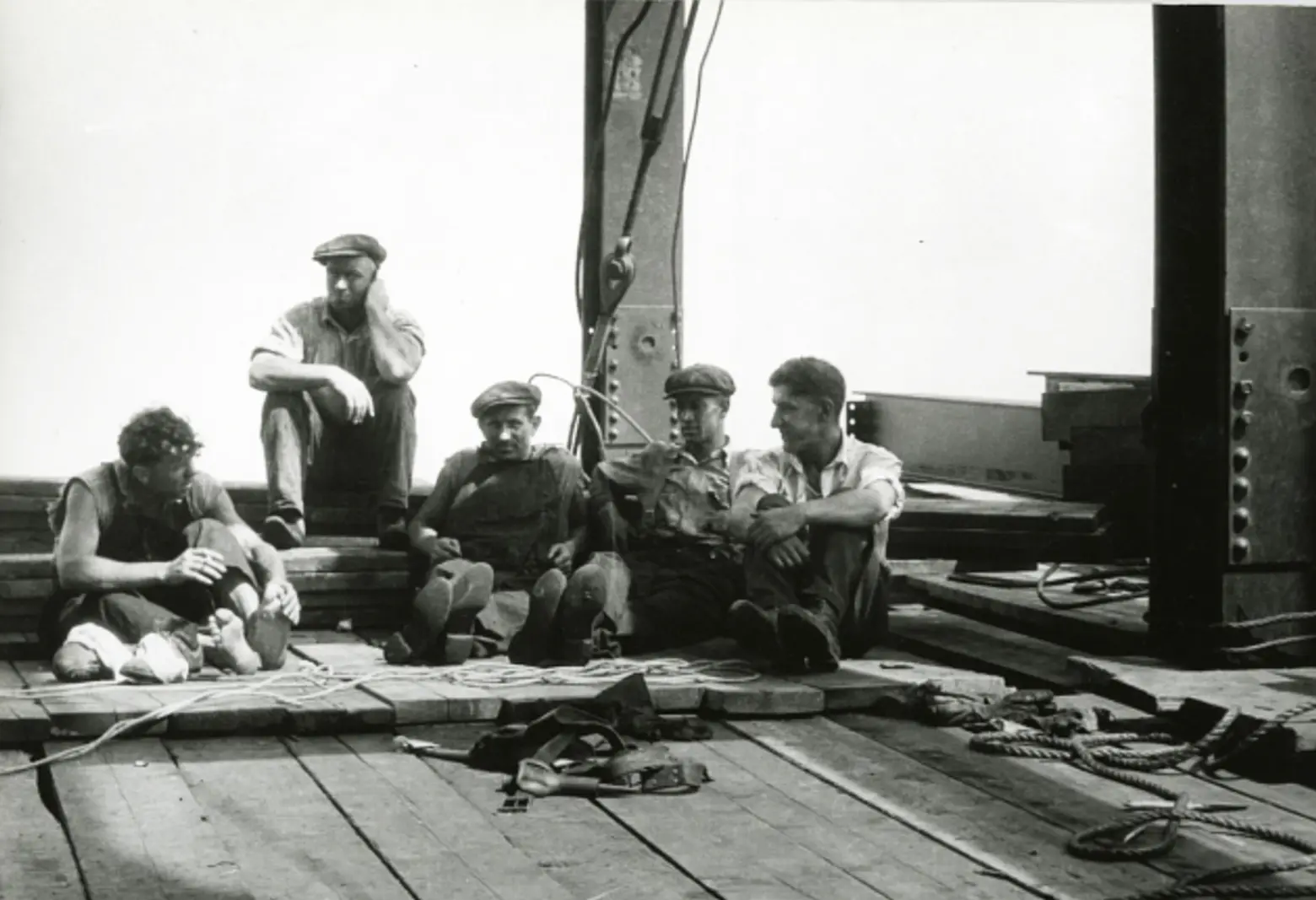 Mohawk Ironworkers at work on the Chrysler Building via the Smithsonian
Mohawk Ironworkers at work on the Chrysler Building via the Smithsonian
In the 1920s, New York City became the place for walking iron, as the lean skeletons of New York’s Art Deco skyscrapers first began to rise over Manhattan. But, then as now, the U.S. Immigration Service followed ill-advised policies that were detrimental to the nation. In this case, Immigration officials tried to deport a number of Mohawk ironworkers who had come down from Canada on the grounds that they were illegal aliens. But, in 1928, the third circuit court of appeals ruled in Diabo vs. McCandless that there was “no justification for the arrest and deportation” of Mohawks, because as members of a Nation within a Nation, they were free to cross the border between the United States and Canada that passed through their own tribal lands.
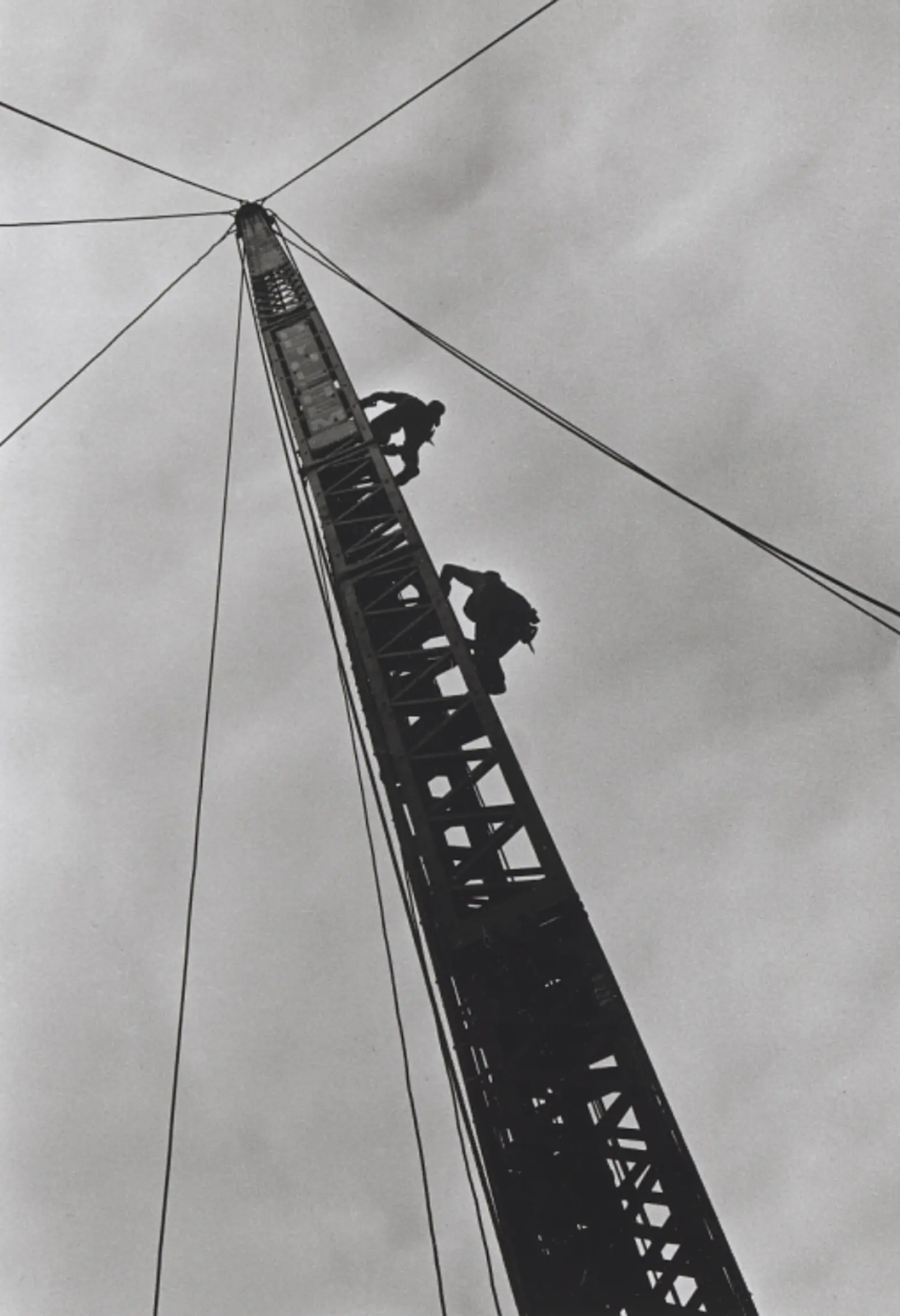 Mohawk Ironworkers aloft on Park Avenue, via the Smithsonian
Mohawk Ironworkers aloft on Park Avenue, via the Smithsonian
With the right to free movement secure, Mohawks began to congregate in New York. By the 1930s, a tightknit Mohawk community was thriving in what was then known as North Gowanus, and is now Boerum Hill. The enclave flourished until there were over 800 Mohawks living within 10 square blocks of the Brooklyn Local 361 of the Bridge, Structural and Ornamental Ironworkers Union on Atlantic Avenue. The community even earned the named “Downtown Kahnawake,” as Ironworkers “commuted” between Downtown Brooklyn and the Kahnawake Reservation, making the 12-hour trip on weekends or vacations to visit family and friends.
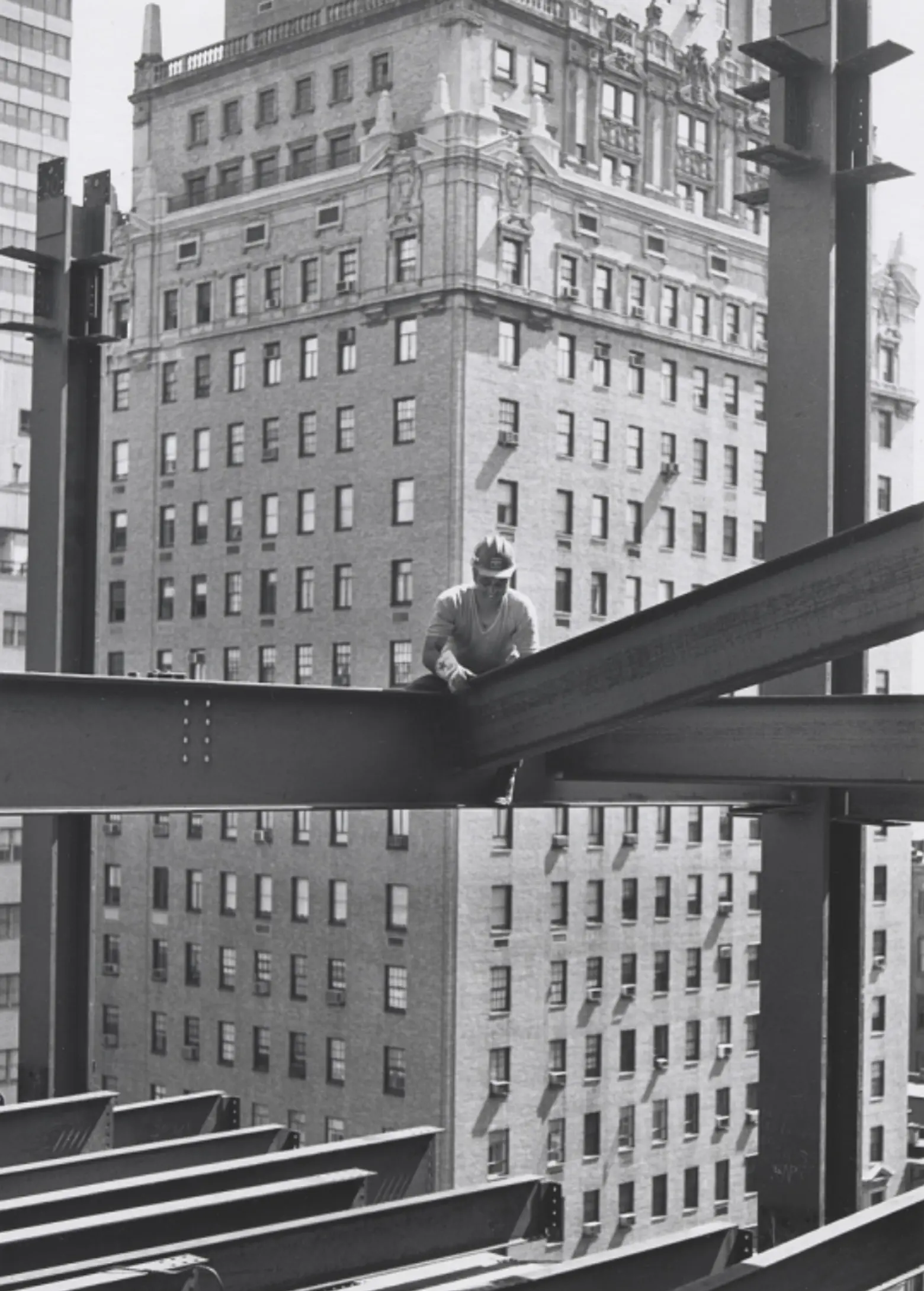 Jay Jacobs Raising Steel, via the Smithsonian
Jay Jacobs Raising Steel, via the Smithsonian
In Downtown Kahnawake, Mohawk community hubs included The Wigwam Bar at 75 Nevis St., which sported a sign’ “The Greatest Ironworkers in the World Pass Through These Doors,” and stocked Montreal beers to suit the tastes of its Canadian clientele. The Wigwam functioned as a post office, travel agency and employment office for ironworkers. Around the corner on Atlantic Avenue, at The Spar Bar and Grill, you could tuck into Mohawk Sunday Steak Dinner.
Speaking of Sundays, The Cuyler Presbyterian Church at 360 Pacific Street may have been the only Presbyterian Church in the United States to have conducted monthly services in Mohawk, and to have sponsored a yearly Pow-Wow.
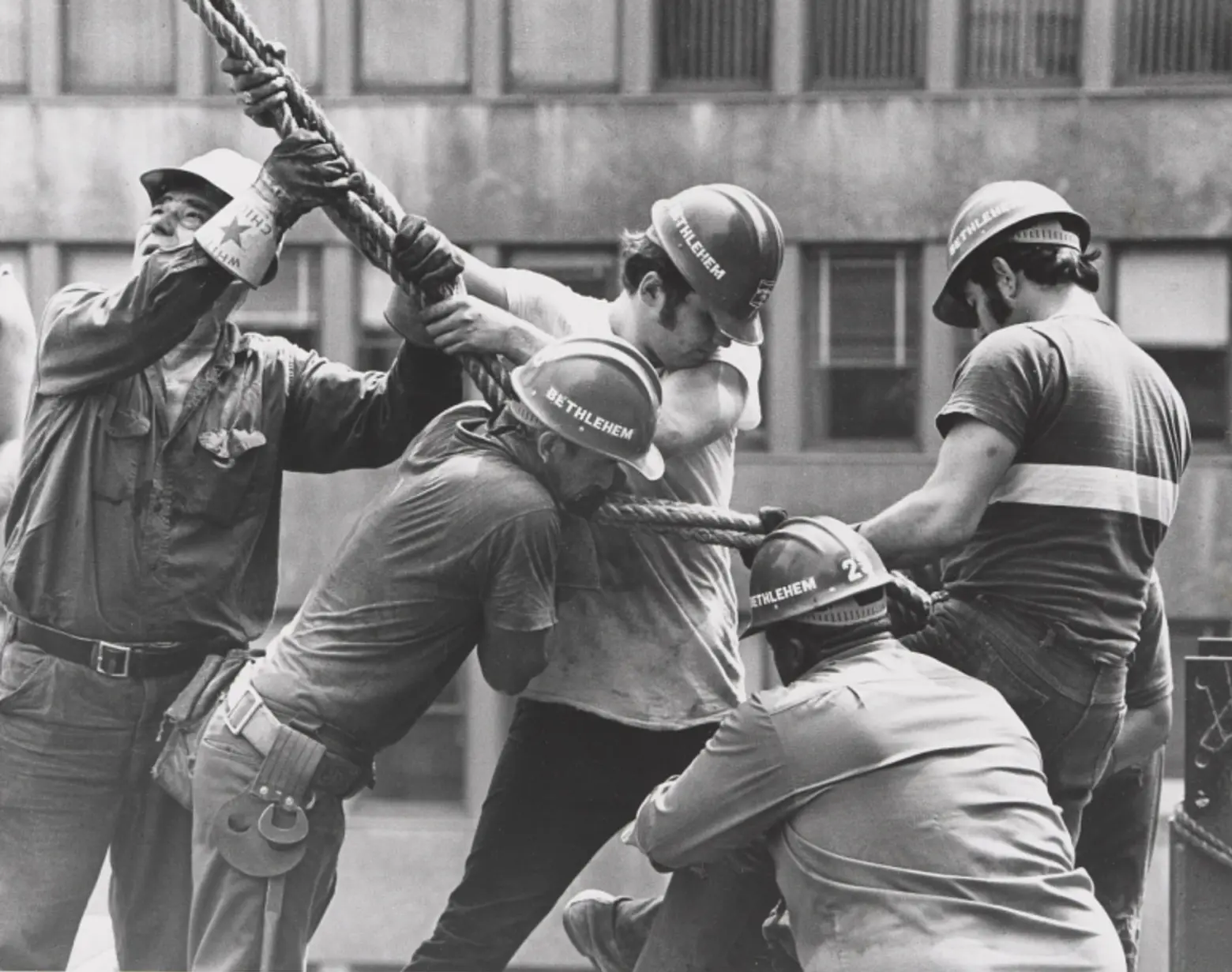 Mohawk Ironworkers on the job for Bethlehem Steel at Park Avenue and 53rd Street, ca. 1970, via the Smithsonian
Mohawk Ironworkers on the job for Bethlehem Steel at Park Avenue and 53rd Street, ca. 1970, via the Smithsonian
The church’s pastor, Rev. Dr. David Cory, who had run as the Socialist candidate for the New York State Assembly in 1931, and worked as a labor activist, learned the Mohawk-Oneida dialect from his Mohawk parishioners, and translated both the Gospel of Luke and book of hymns into the language. Mohawk members of the church, dubbed the Pacific Street congregation “’o-non-sa-to-ken-ti-wa-ten-ros-hens” or ”the church that makes friends.”
By the late 1950s, and early 1960s, the Mohawk community in Downtown Kahnawake began to dwindle. As the building boom that had initially drawn the ironworkers to New York began to dissipate, they started “booming out” to other cities looking for construction work. Then, when the completion of the New York State Thruway in the early 1960s cut the commute from Brooklyn to the Kahnawake reservation down from 12 hours to 6, ironworkers ventured to New York solo, leaving their families on the reservation, and visiting on weekends.
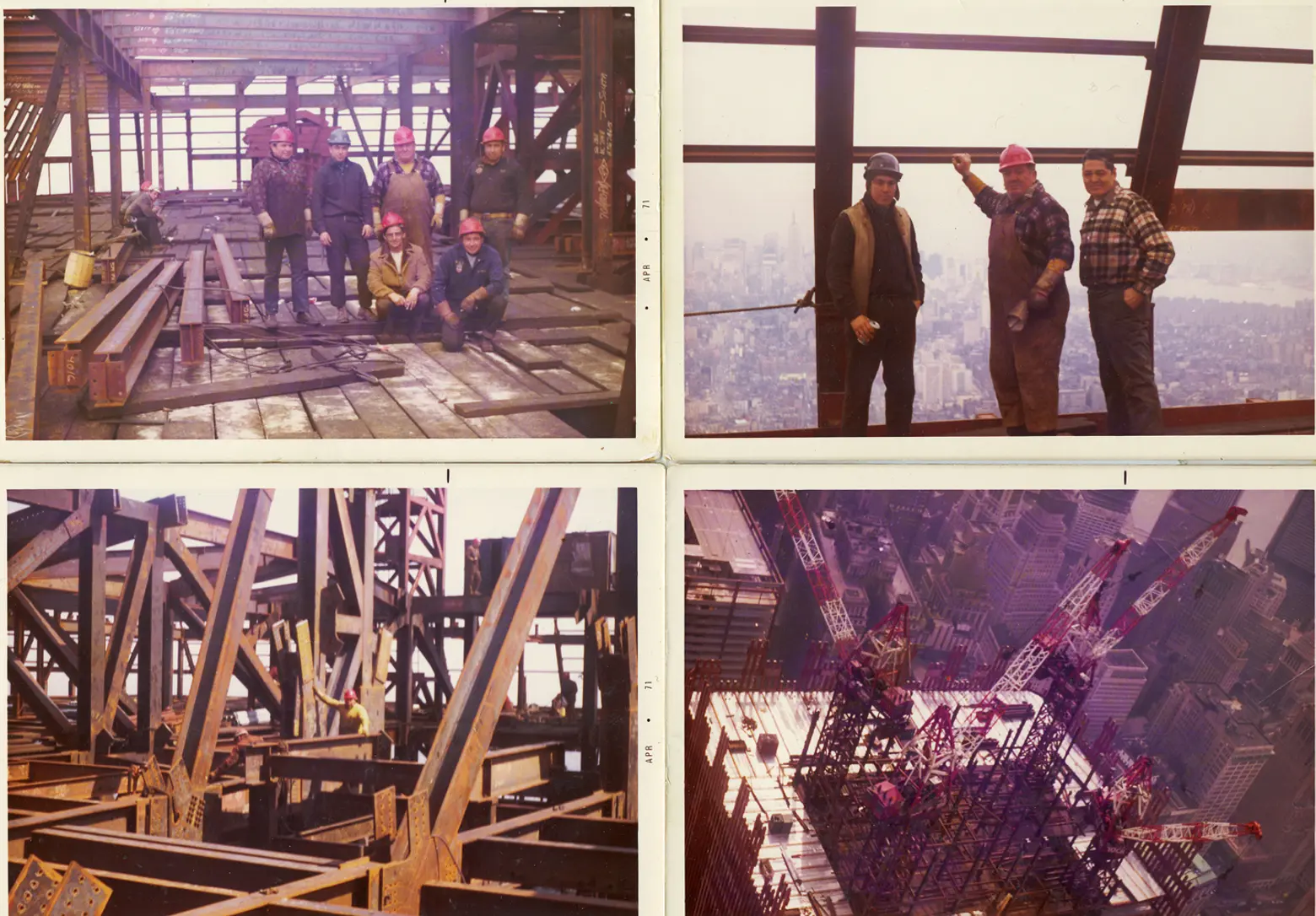 Mohawk Ironworkers on the World Trade Center, early 1970s. Photo courtesy of Peter “Doc” Alfred/The Sonic Memorial Project.
Mohawk Ironworkers on the World Trade Center, early 1970s. Photo courtesy of Peter “Doc” Alfred/The Sonic Memorial Project.
But, Mohawk ironworkers still put their stamp on the city. When rumors circulated that a new pair of towers, which would be the tallest in the world, would be raised in New York, Mohawk men rose to the challenge and played a key role in the construction of the World Trade Center. The ironworkers signed the last beam, raised it on the South Tower, and topped out the job.
When the Towers fell, Mohawk ironworks returned to the structure they knew so well to aid in rescue and cleanup at Ground-Zero. Walter Beauvais explained, “”I feel sadness for the people in the building and the planes. I never thought that building would come down. All the steel on those floors was double braced at the core from the third floor up.” And John McGowan, who also participated in the rescue effort remembered, “What I really wanted to do was bring somebody home alive. But the best we could do was bring people home who weren’t alive. That way, at least, the loved ones had somebody.”
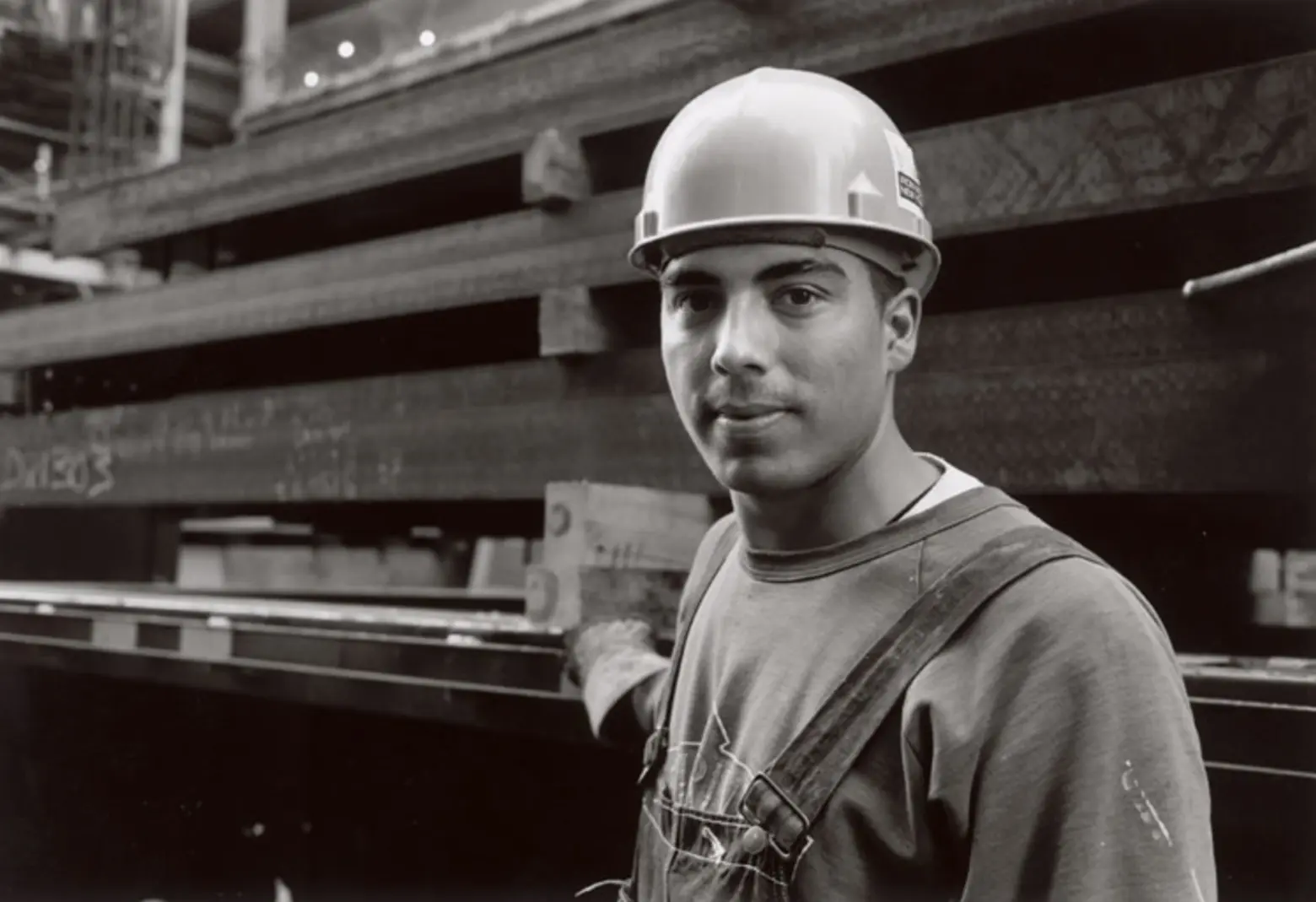 Ironworker apprentice Steve Cross (Mohawk, Kahnawake) at the AOL Time Warner Building in 2011. Via Smithsonian.
Ironworker apprentice Steve Cross (Mohawk, Kahnawake) at the AOL Time Warner Building in 2011. Via Smithsonian.
Fittingly, Mohawk ironworkers also helped build the Freedom Tower; in 2015, Silverstein Properties even held an exhibit at 4 WTC called “Skywalkers: The Legacy of the Mohawk Ironworker at the World Trade Center.” Today, about 200 of the 2,000 structural ironworkers in the New York area are Mohawk.
+++
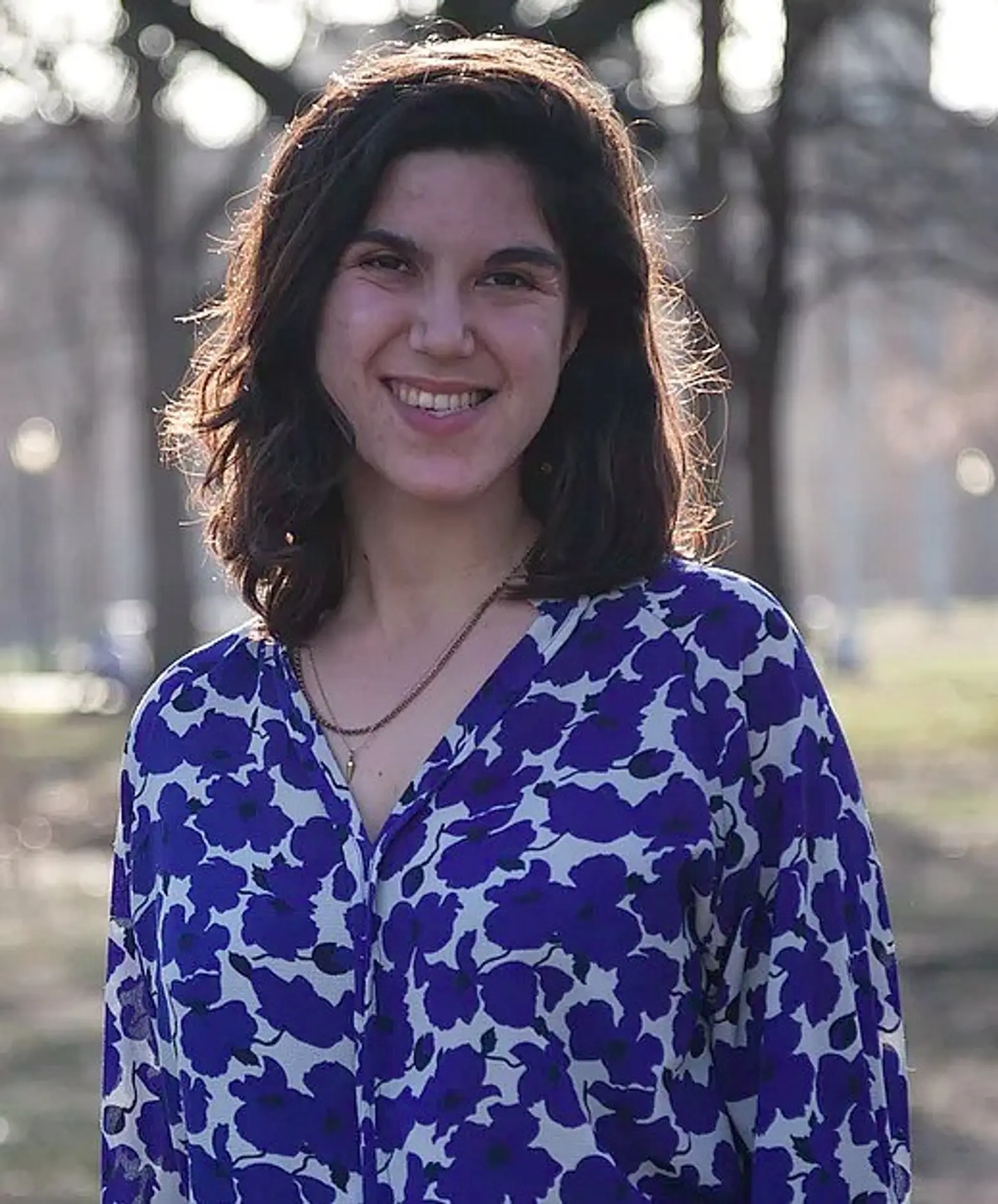 Lucie Levine is the founder of Archive on Parade, a local tour and event company that aims to take New York’s fascinating history out of the archives and into the streets. She’s a Native New Yorker, and licensed New York City tour guide, with a passion for the city’s social, political and cultural history. She has collaborated with local partners including the New York Public Library, The 92nd Street Y, The Brooklyn Brainery, The Society for the Advancement of Social Studies and Nerd Nite to offer exciting tours, lectures and community events all over town. Follow her on Twitter and Instagram.
Lucie Levine is the founder of Archive on Parade, a local tour and event company that aims to take New York’s fascinating history out of the archives and into the streets. She’s a Native New Yorker, and licensed New York City tour guide, with a passion for the city’s social, political and cultural history. She has collaborated with local partners including the New York Public Library, The 92nd Street Y, The Brooklyn Brainery, The Society for the Advancement of Social Studies and Nerd Nite to offer exciting tours, lectures and community events all over town. Follow her on Twitter and Instagram.
RELATED:
Interested in similar content?
Leave a reply
Your email address will not be published.
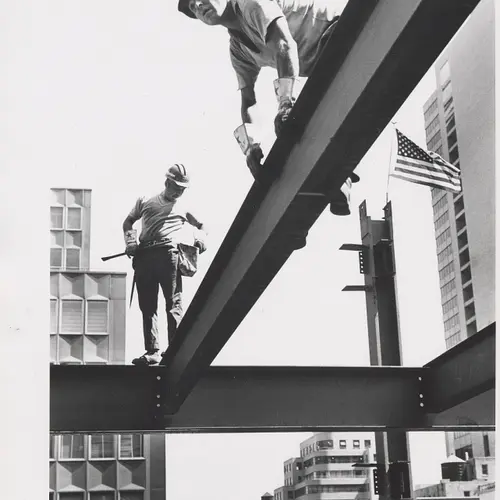
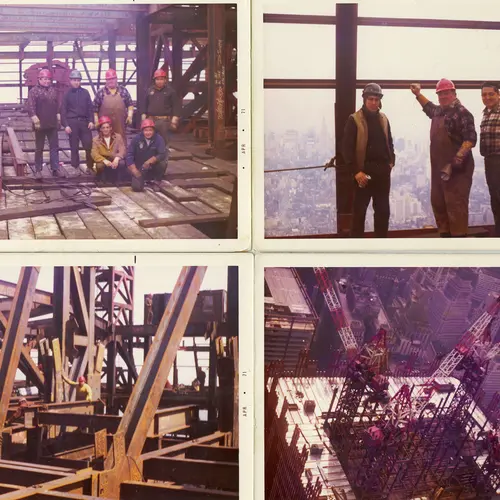
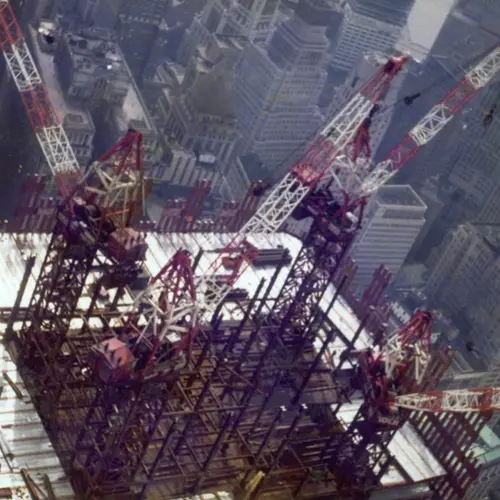
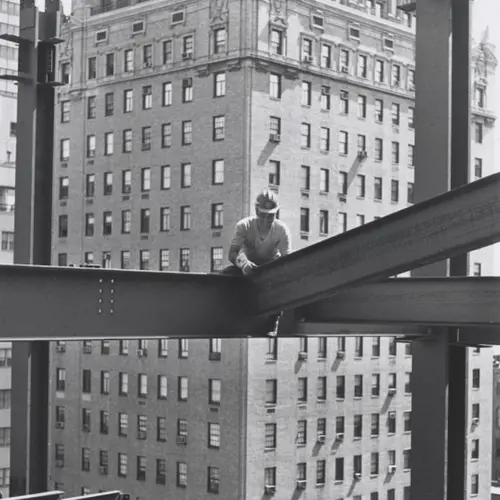
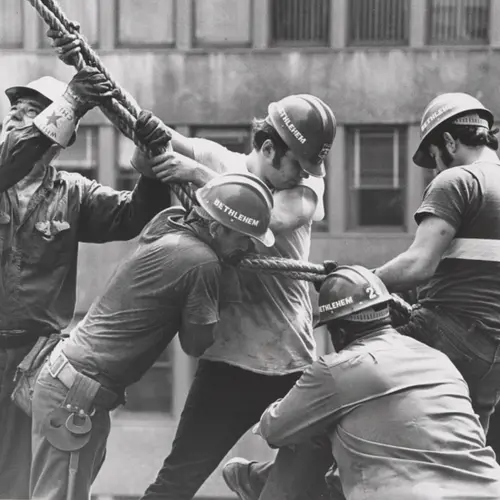
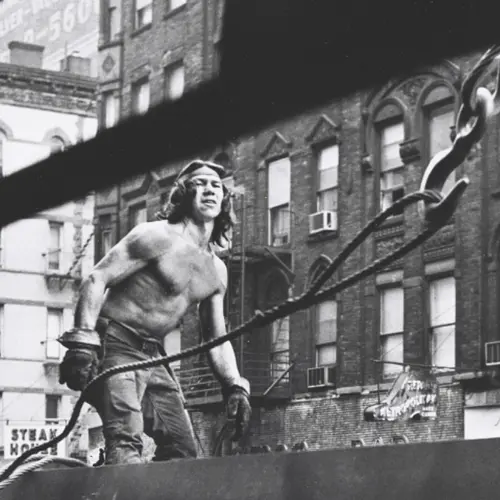
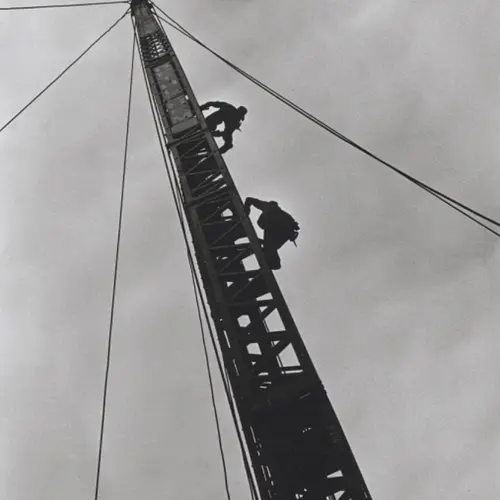
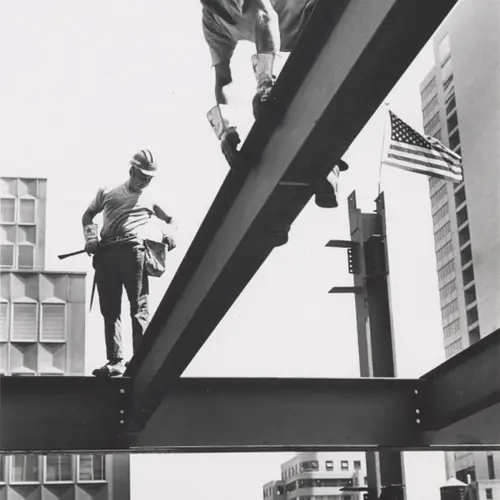
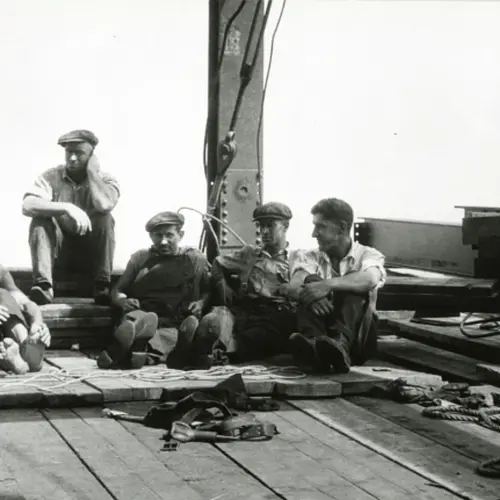
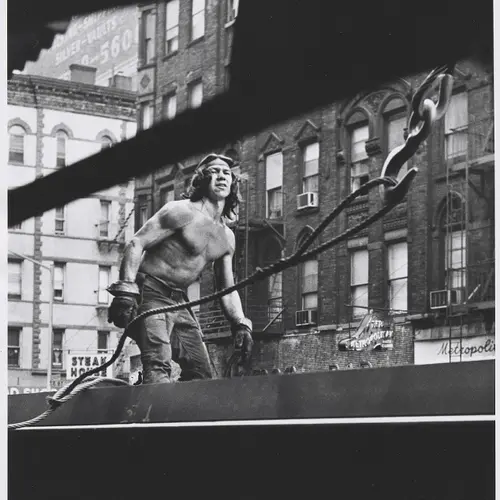
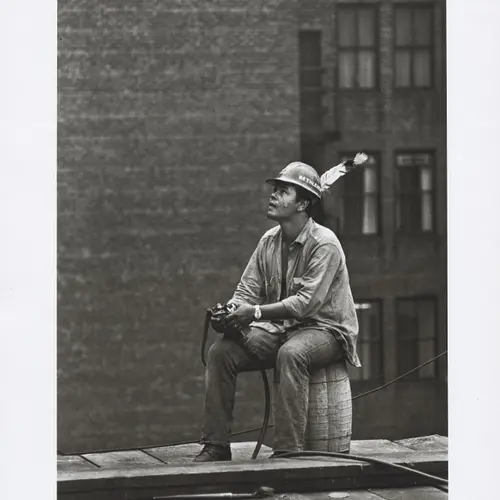
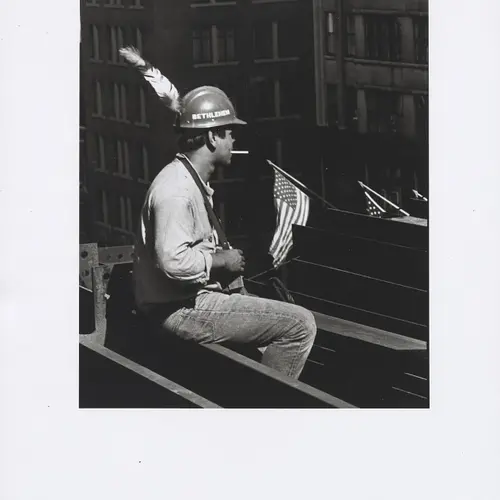
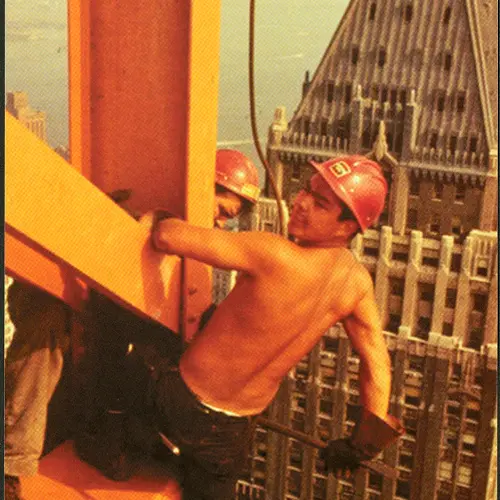
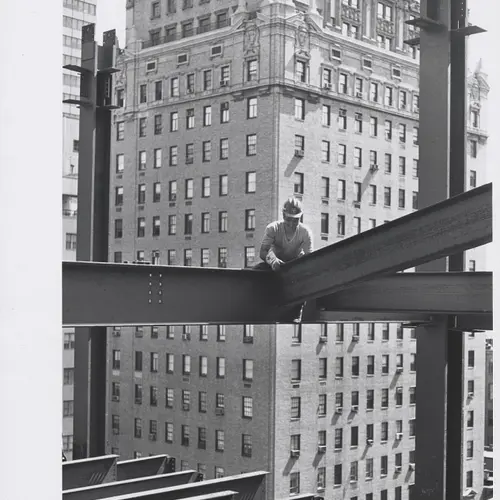
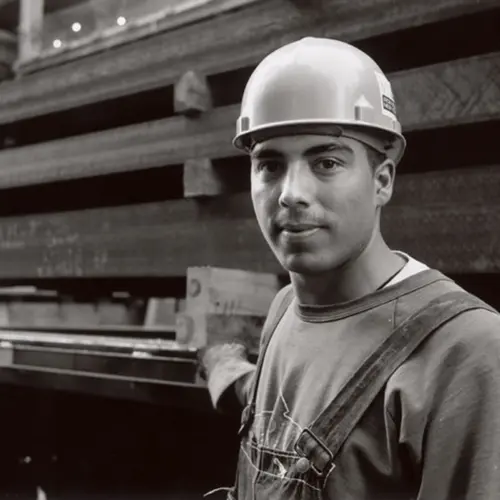

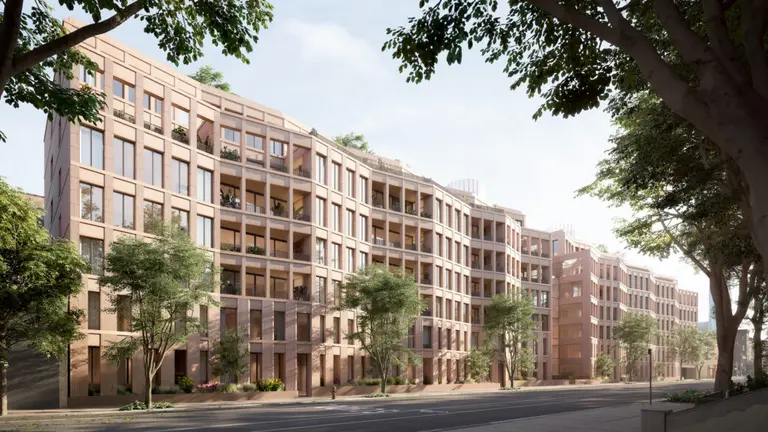
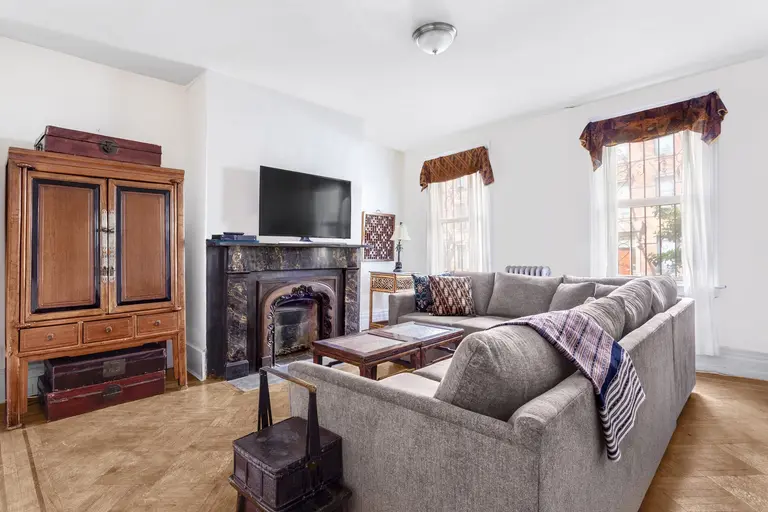
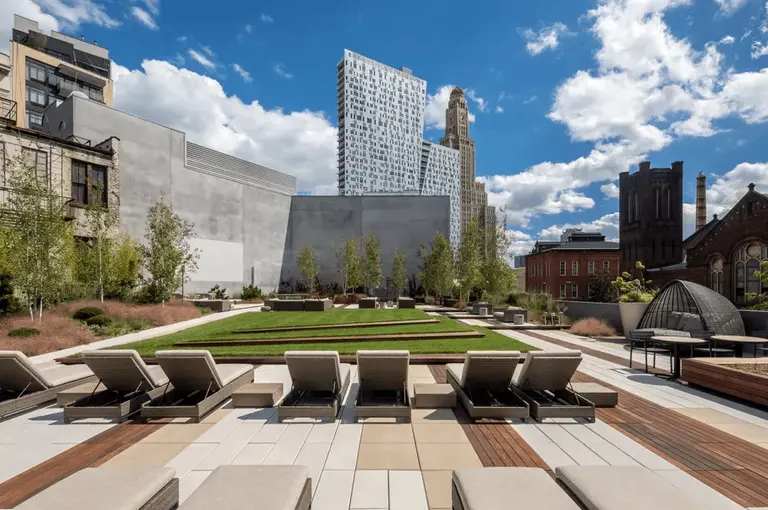
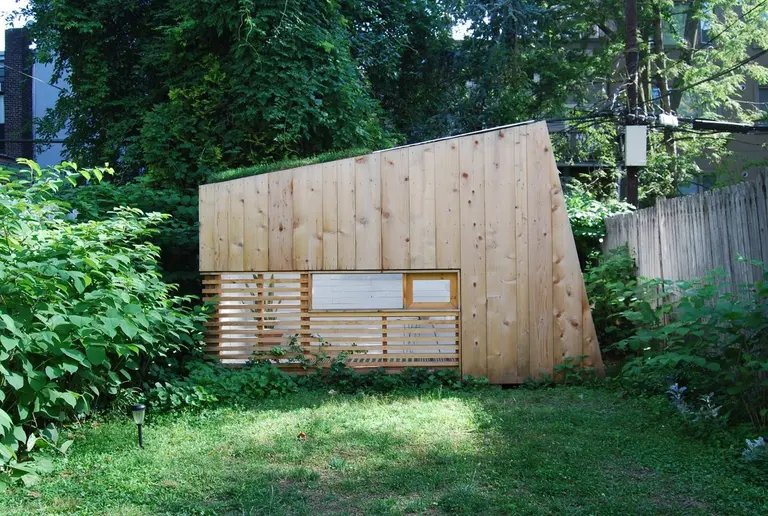






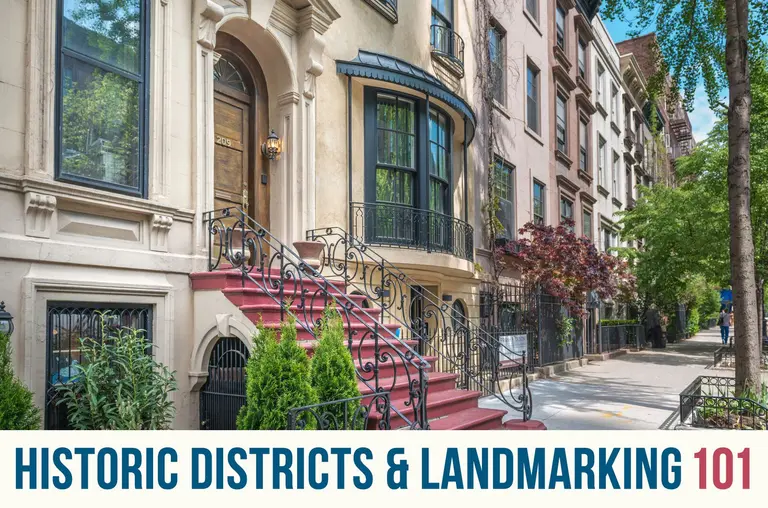
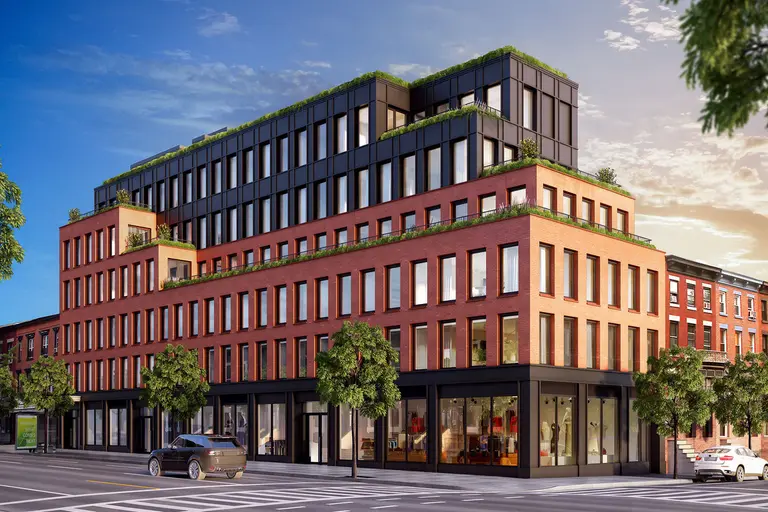
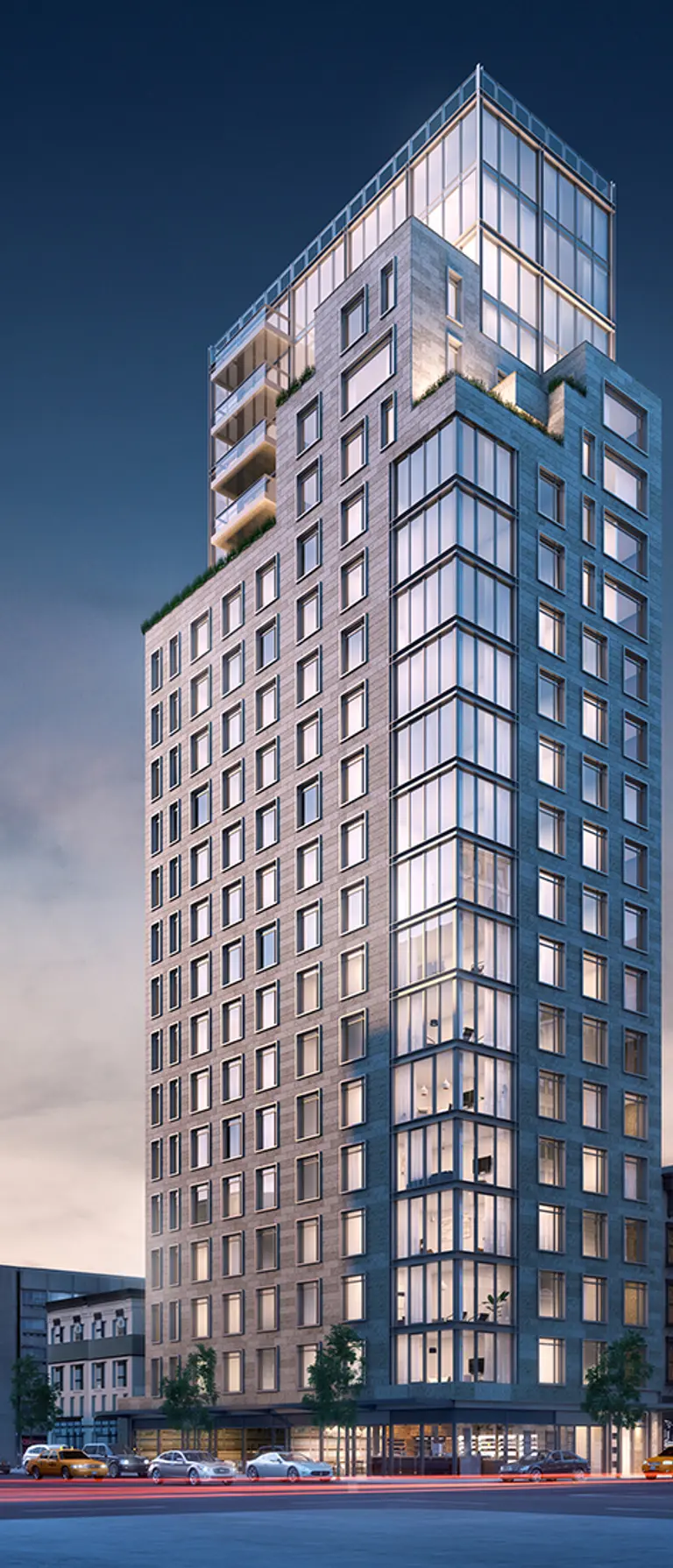

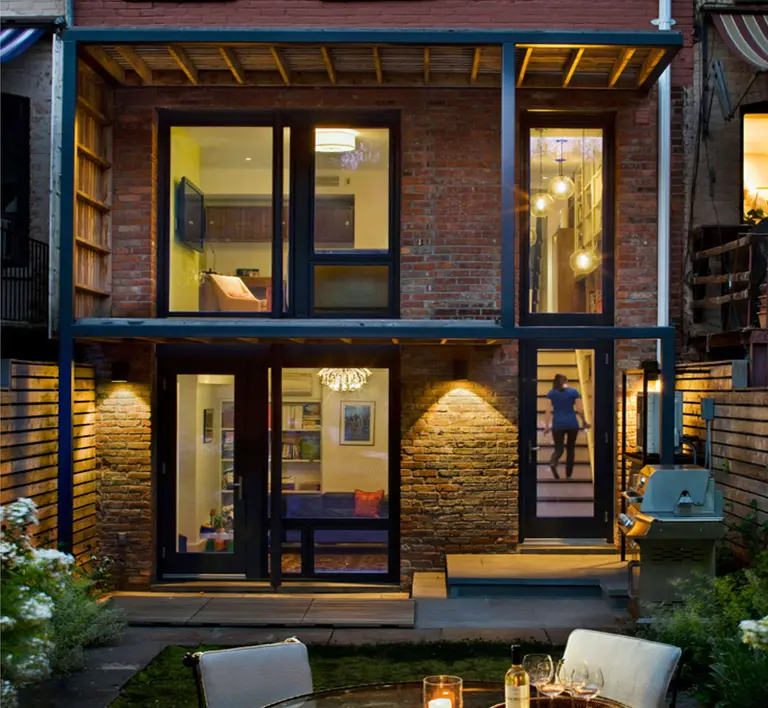
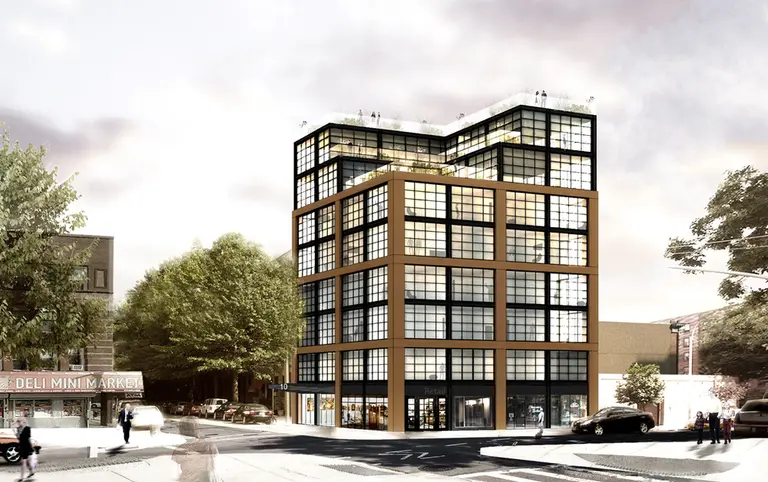











This is the must bullshit misunderstood
Insulting say to any member of any union ironworkers local.. and it full of shit!!!
So please let all the rest of us union ironworkers know what the gene is that no other human has??
Unbelievable bullshit!!
Fast forward past the good old days of haning iron.. to know?? Why are they still there?? Why do they get an nyc book and don’t seem to have then gene??
Shit most are 40 live in Canada.. but don’t work in NYC? Bullshit and it’s insulting to the ones that go through the apprenticeship..
Who do I contact to get permission to use one of the Mohawk pictures on the cover of my academic book. It is on Native Americans work issues, and we do not make any money from it.
Thank you,
Dianna Stone